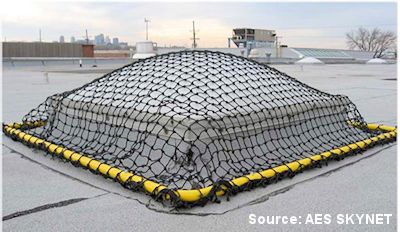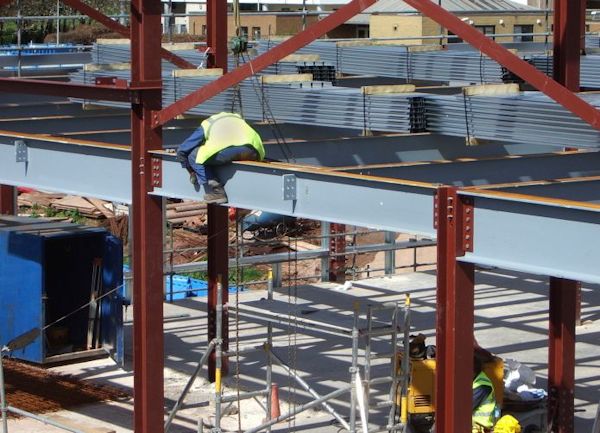How to Evaluate Fall Hazards
The purpose of evaluating fall hazards is to determine how to eliminate or control them before they cause injuries. Below are important factors to consider in conducting an evaluation.
Involve Others
You may need others to help you evaluate fall hazards. Involve others who may have experience identifying fall hazards, such as fellow employees or supervisors; they'll help you identify the hazards and determine how to eliminate or control them. Involving others also strengthens your company's safety and health program.
Identify Tasks That Could Expose Workers To Falls
As part of the hazard identification process, evaluate each task you will be performing and look for anything that might expose you to a fall hazard. For example, if you will be climbing a ladder to change a light bulb, make sure the ladder is not damaged and that it is stable.
Ensure all walking/working surfaces have the strength to support workers and their equipment and then identify all tasks that could expose workers to falls. A walking/working surface is any surface, horizontal or vertical, on which a person walks or works.
Identify fall hazards that you can eliminate
Eliminating a fall hazard is the most effective fall-protection strategy. Here are some ways to eliminate fall hazards:
- Perform construction work on the ground before lifting or tilting it to an elevated position.
- Install permanent stairs early in the project so that workers don't need to use ladders between floors.
- Use tool extensions to perform work from the ground.
Prevent Fall Hazards

If you can't eliminate fall hazards, you need to prevent falls or control them so workers who may fall are not injured. Eliminating fall hazards is the best prevention, but if you can't eliminate the hazard, you must take steps to prevent or control a fall. Here are some ways to do this:
- Ways to prevent falls include covers, guardrails, handrails, perimeter safety cables, and personal fall-restraint systems.
- Ways to control falls include personal fall-arrest systems, positioning-device systems, and safety-net systems. Use these fall-protection systems only when you can't eliminate fall hazards or prevent falls from occurring.
Supported Access
Portable ladders, supported scaffolds, and aerial lifts let you get to a work area and support you while you work. They make getting to a work area easy, but they can cause falls when they're not used properly.
Knowledge Check Choose the best answer for the question.
2-6. What is the best way to prevent fall hazards?
You forgot to answer the question!

